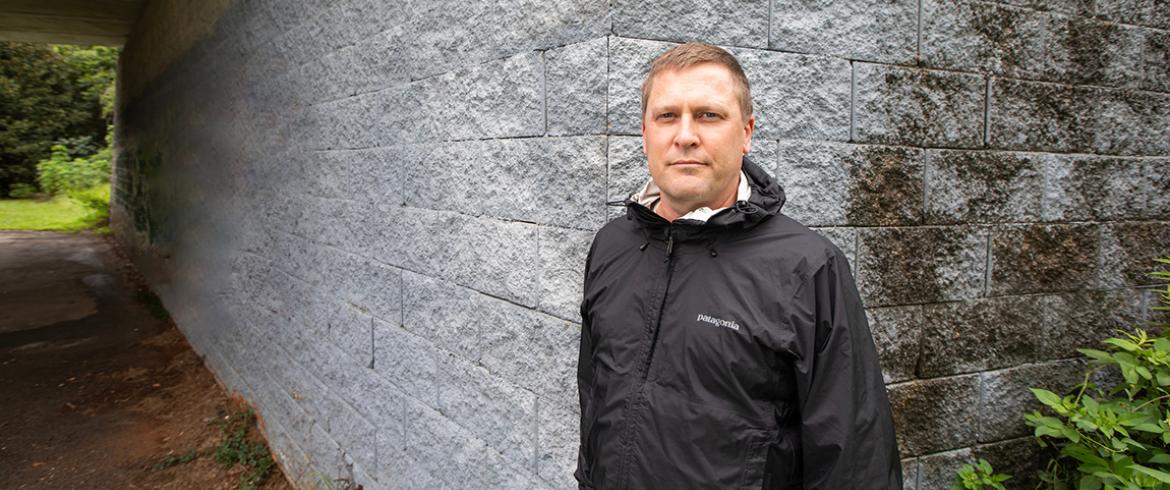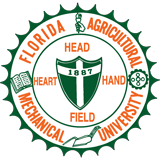
Researchers led by Scott Wasman, an assistant professor of civil and environmental engineering at the FAMU-FSU College of Engineering, studied the performance of Geosynthetic Reinforced Soil (GRS) structures used for bridge supports that are built with FDOT-approved, locally-sourced materials. (M Wallheiser/FAMU-FSU Engineering)
Researchers at the FAMU-FSU College of Engineering are working to make bridge construction more efficient by evaluating Geosynthetic Reinforced Soil (GRS) structures used for bridge supports. GRS technology has gained attention in the past 20 years and has the potential to provide resilient, sustainable and economical structures systems for transportation infrastructure. It is used for bridges, protective barriers against rockfall, debris and avalanches, and for shoreline protection.
Compared to other reinforced soil structures, GRS structures can be built quickly, carry heavy loads and perform well over time. Overall, GRS structures cost substantially less than conventional structures, but offer the same reliability.
“We want to see how much vertical settlement and horizontal displacement occurs when the load is applied vertically to these structures,” Scott Wasman, an assistant professor in civil and environmental engineering at the FAMU-FSU College of Engineering said. “This will allow us to validate current design methods and develop new methods to design GRS systems as bridge supports.”
Wasman is the principal investigator in the FDOT study to evaluate the load-deformation performance of full-scale test piers constructed in the lab. GRS piers and GRS retaining structures are types of vertical support structures that support multiple bridge spans and the ends of the bridge where it meets the roadway. GRS structures are made up of layers of compacted aggregate, confined by concrete facing blocks, alternated with layers of geosynthetic material. For the study, Wasman’s team focused on the materials that are FDOT-approved for GRS structures in Florida.
“GRS systems are unique in they are much more of a composite system than other reinforced soil systems,” Wasman said. “This makes them more resilient to deformation with heavy loads. Since GRS structures rely on geosynthetic reinforcement spaced close together, they work well when constructed with crushed limestone or reused materials like crushed concrete. We also tested pier performance using foam glass aggregate as backfill and found the lightweight material made from recycled glass may also work in a GRS structure.”
The results show that the composite structures, when built with FDOT-approved materials local to Florida, perform very well bearing the weight of typical bridges loaded with vehicles, with minimal deformations.
“Our observations support those of other researchers at the Federal Highway Administration and the University of Colorado who performed similar tests,” Wasman said. “This enhances our understanding of GRS structural performance and will add to the existing knowledge base on their reliability, allowing engineers to implement them more regularly.”
Christian Matemu, a Ph.D. candidate at the University of Florida, and Larry Jones from the Florida Department of Transportation co-authored the study. Their work was presented at the Transportation Research Board conference in Washington, DC and published at the Geo-Congress 2023 conference in Los Angeles.
RELATED ARTICLES
Engineering Faculty Expands by a More Than a Dozen for Fall 2022
Designing a Better System for Disadvantaged Travelers and Providers
Wind research alum recognized with 2019 ASCE Alfred Noble Prize

